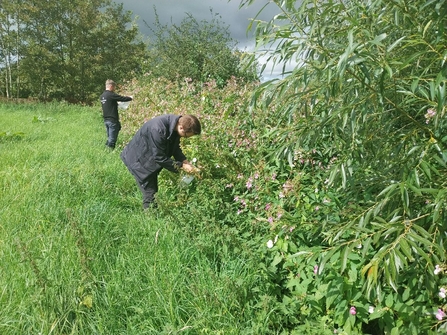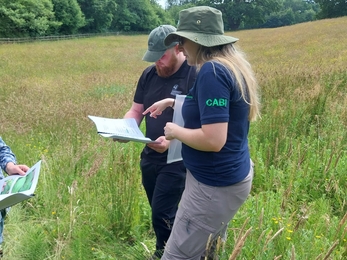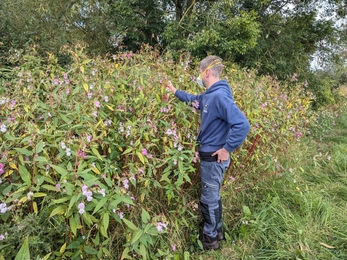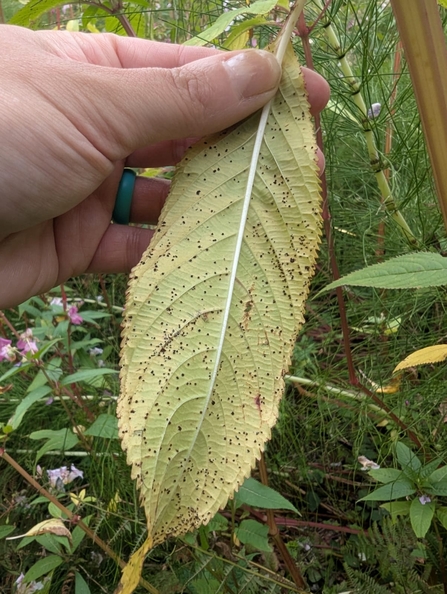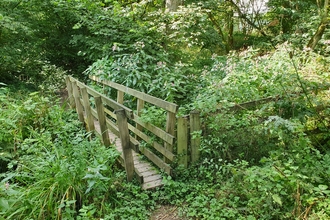In September 2023, the North Wales Wildlife Trust’s Invasive Non-Native Species (INNS) team set out on an exciting mission along the River Dee. As part of the Preventing Aliens Taking Hold (PATH) Project, we were scouting for suitable sites to release a natural enemy of Himalayan balsam—a plant that’s been wreaking havoc on our countryside.
The star of this story? Himalayan balsam rust fungus—a biocontrol agent that has co-evolved with balsam in its native range. After rigorous safety testing by CABI (Centre for Agriculture and Bioscience International), this rust fungus was approved for release in the UK. It offers a promising, nature-based solution to reduce the ecological damage caused by balsam invasions.

